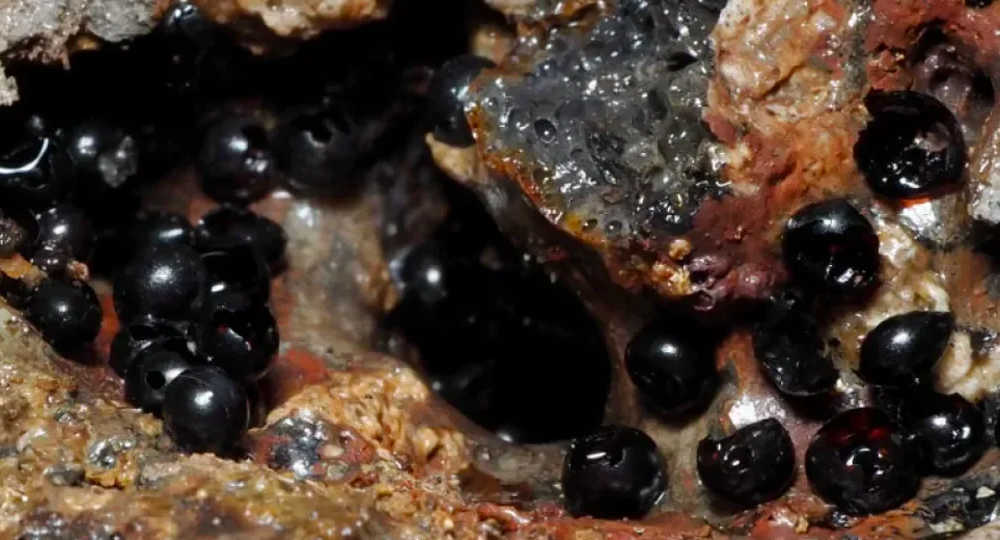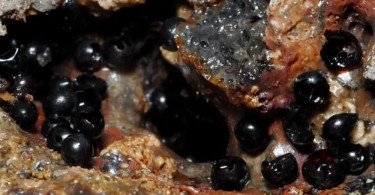In the enigmatic depths of the world’s oceans, where extreme pressures, bone-chilling temperatures, and limited light create an otherworldly environment, scientists have made an astonishing discovery that has left the scientific community breathless with excitement.
Dr Yasunori Kano, operating a remote-operate vehicle (ROV) in the treacherous northwestern Pacific’s Kuril-Kamchatka Trench, made a remarkable find at a depth of 6,200 meters (20,341 feet). Spotting jet-black eggs in the impenetrable darkness, Kano defied the challenges of the abyss to retrieve these mysterious specimens.
Collaborating with Dr Keiichi Kakui of Hokkaido University, Kano’s find proved to be the cocoons of flatworms (platyhelminths), shrouded in mystery until now. The researchers were astonished to learn that these were the deepest-dwelling free-living flatworms ever recorded on Earth.
“I thought they may be protists or something,” Kakui admitted. However, upon closer examination, the researchers discovered a milky liquid within the shells, unveiling delicate white bodies—the enigmatic flatworms.
The subsequent analysis at Hokkaido University Museum provided unprecedented insights into these abyssal creatures. Extracting intact egg capsules, the team found flatworm remains inside. The study, recently published in the journal Biology Letters, highlighted the surprising similarity in the development of deep-sea flatworms to their shallow-water counterparts.
“This study provides the deepest record for free-living flatworms and the first information on their early life stages in the abyssal zone, which were very similar to those in shallow-water forms,” stated Kakui and co-author Aoi Tsuyuki in their groundbreaking paper.

The findings challenge preconceptions about the physiological and ecological adaptations of these deep-sea inhabitants, suggesting that their challenges primarily stem from the extreme environment rather than developmental factors. As researchers eagerly anticipate further analysis of the “precious samples” collected, the discovery of these record-breaking flatworms opens a new chapter in our understanding of life in the abyss. The quest to unveil the mysteries of the ocean’s depths continues, promising more revelations from the unexplored realms beneath the waves.





